For one of the best games ever made, The Witcher 3: Wild Hunt
contains numerous moments that leave a real mark on the player, solidifying CD
Projekt Red as one of the best developers in the industry. It's also one of the few AAA games released that is unanimously enjoyed by almost everyone. It’s become one of
my new favourite games over the past few months and for this post-play, I
thought I’d combine two pieces into one. Please enjoy my personal take on The
Witcher 3: Wild Hunt’s highest peaks and most irksome annoyances.
WARNING: The
plot is going to be spoiled like nothing else here so make sure to play the
game for yourselves if you haven’t already.
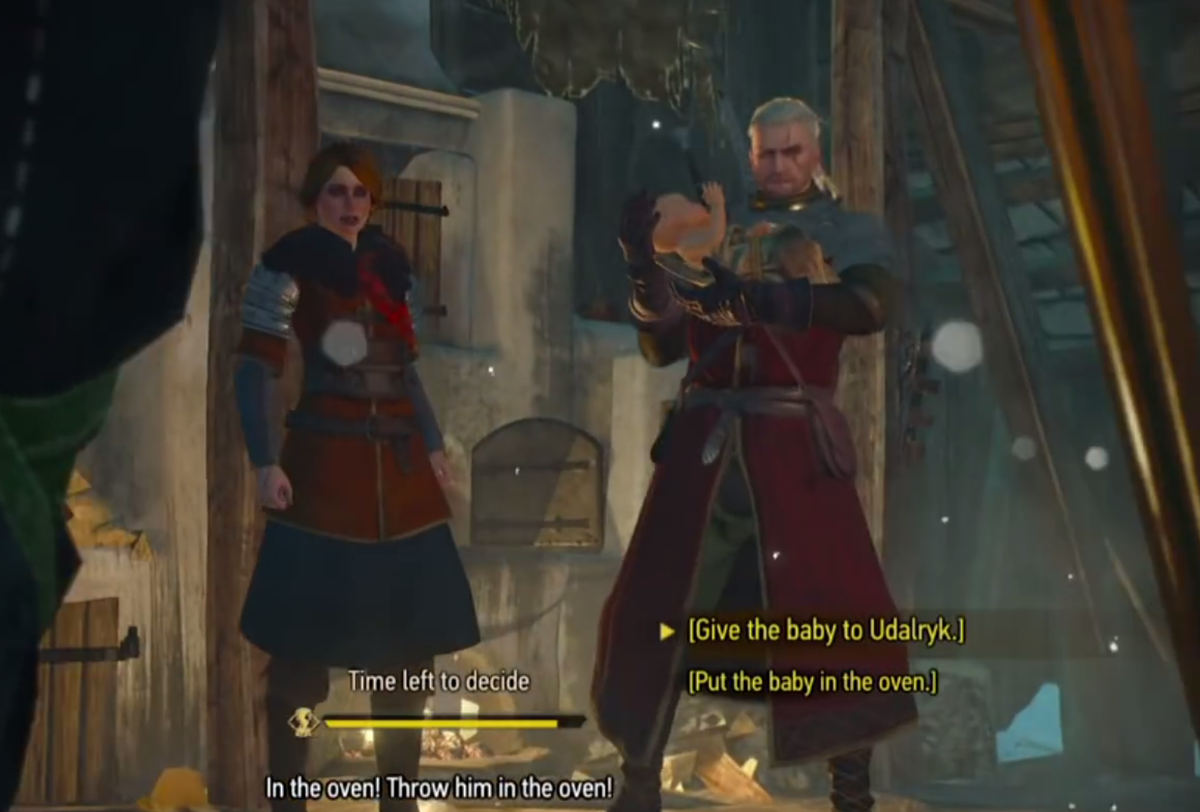
5. Cery’s brains over brawn
approach in Skellige
Shortly after arriving in Skellige, the choosing of their
new king begins. Who do you choose? Hjalmar may have taken on one of the last
giants but Cerys is the smarter of Crach an Craite’s children, carefully
thinking and investigating before pushing forwards. The setup to her bid for
leadership involves the haunting of a community, something which scares its
Jarl night after night. Sure, you can handle things the traditional Witcher’s
way, researching preparing and fighting but Cerys has a cunning plan. The way
to trick the Hym? Throwing a baby in an oven… yes to mislead the ghost into
leaving the Jarl’s settlement, he must believe his child is dead, thus driving
the evil spirit away. It’s quite a shocking moment that catches you completely
off-guard but once it took place, I was completely convinced that Cerys was the
best heir to the Skellige throne. Afterwards, her mental prowess continues as
she works with Geralt to determine who unleashed bears into Crach’s feast. I
felt a real sense of pride for her as she was crowned the first queen of
Skellige, a phenomenal end to Geralt’s extended stay on the islands.

4. The Last Wish
After reconnecting with Yennefer (which may or may not
involve a stuffed unicorn), Geralt’s original lover has a request on Skellige,
one which turns into one of the more heartfelt character quests in the game. Having
read the books, much of the plot throughout makes it clear that Geralt and
Yennefer are made to be together, while Triss seems to be fawning over the
white haired Witcher a fair bit. With this context in mind, I stuck with the
raven-haired sorceress all the way through and it came to a head with The Last
Wish, a simple yet lovingly crafted venture that sees Geralt search for another
genie in a bottle. In truth, Yen wants to remove Geralt’s wish to see if they
still have their romance without being bound by it. Laced with references to
the books and topped off with a breath-taking vista atop a mountain, the two
find they’re just as in love as they ever were; a very sweet moment all-around.
That final shot of Geralt and Yennefer arm-in-arm on top of the mountain really
stuck with me long after I finished the quest.

3. Something ends, something
begins
Reaching the conclusion of The Witcher 3 took me just over
60 hours, a massive stretch for a truly epic adventure and the ending I received was no exception. After the Wild Hunt is defeated, Ciri
saves the world from the White Frost but becomes the Empress of Nilfgaard
shortly afterwards. With the entire world (outside of Skellege) under her rule,
Ciri will be able to enforce an ever-lasting peace, rooting out injustice
wherever she finds it with the strong teachings of Geralt at her back. While
she won’t see Geralt and Yennefer nearly as often, it certainly won’t be their
last goodbye. It’s the best ending of the bunch in my opinion, even though in
the eyes of others it may feel bittersweet; the snow that rests around White
Orchard is a peaceful sight to behold while bringing The Witcher 3 full circle.
Every major character has their happy ending, it couldn’t have been more final.

2. Geralt finds Ciri
After many game hours of searching, it’s finally time.
Sailing into the isle of mists and helping a stranded band of seven dwarves
(Snow White anyone?) Geralt’s adoptive daughter is finally found. A single
violin hangs over the hut as Geralt enters; he turns Ciri over without response
and a wave of heartbreak rushes through him. He cradles her in his arms and
just when you think she’s gone, a light enters the room, Ciri’s lifeforce and
she awakens, her arms closing around the weary Witcher and the game flashes into a memory. Like the ending of Sapkowski’s second book Sword of Destiny in motion, Geralt and Ciri run into
each-other’s arms in a sunny meadow, a beautiful moment that portrays their
relationship so vividly that even those just getting into the franchise will be
touched by the connection they share. It’s stunning in every way possible; CD
Projekt Red crammed in the emotion to breaking point and delivered characters
that anyone and everyone will end up caring about, perhaps more than any other
role-playing game in recent memory.

1. The Battle of Kaer Morhen
Many moments of The Witcher 3 were brilliant in their own ways
but the war between Geralt’s company and the Wild Hunt at the Witcher
stronghold is absolutely incredible; I haven’t played a quest this intense
since Mass Effect 2’s suicide mission back in 2010; it’s the ultimate battle of
the series, bringing together so many characters in an all-out assault on the
Witcher’s home. The joyous reunion between Ciri and the members of Kaer Morhen is a lovely start, pushing into the planning stage and finally the siege
itself. What makes it such a fantastic sequence is how every character
recruited to fight gets their own moment of glory; Yennefer holds the shield up
while Geralt, Lambert and Letho take on the Wild Hunt warriors together, Triss
bombards them with fire, Zoltan gets a backstab in, Keira tosses the attackers
around like rag dolls, Eskel duels with the Wild Hunt’s lieutenant Caranthir
and Roche, Ves and the druid Ermion all lay down support. Between the Wild Hunt
pouring in through portals, all the characters you recruited helping and the
final devastating loss that occurs, signalling the unleashing of Ciri’s power,
the Battle for Kaer Morhen has everything; it sent chills down my back the
whole way through. By the end, I was almost tearing up as Vesemir’s funeral was
held and every character who took part gave their own perspective. It really
does deserve to stand alongside the best moments in gaming history.
Five niggling things
1. Inconsistent movement controls
For CD Projekt Red’s first attempt at an open-world game,
Wild Hunt generally succeeds at allowing Geralt to traverse it at his own pace
but it does have some issues here and there. When Geralt enters a building, he’s
put into this walking pose with a close-camera that can make it difficult to
select certain items. Diving and surfacing in water is fiddly with Geralt
seeming unsure of whether to rise or dive. Fall damage could have also be
dialled back as well; while holding the jump button on landing puts Geralt into
a parkour roll, he seems incredibly fragile in this regard. I ended up dying
far more times to falling than I did with enemies later on in the game. Yet
despite these problems, the improvements to combat and open-ended nature of the
world do manage to make up for these inconsistencies.

2. Roach’s handling in traversal and combat
Of all the games these days which have horse travel, Roach is the only one I’ve come across that can’t jump over obstacles, resulting in
some sluggish moments. Instead of sliding down a hill or jumping a fence,
Geralt’s stubborn horse will come to a screeching halt which can really hinder
you in races and travelling overall. He’ll also get caught on objects which tends
to happen when you’re trying to land critical sword strikes on horseback; not
to mention the slow-down effect when fighting being incredibly fiddly. It’s the
one area where Witcher 3 lags behind its contemporaries and the problem does occasionally
get in the way of exploration.
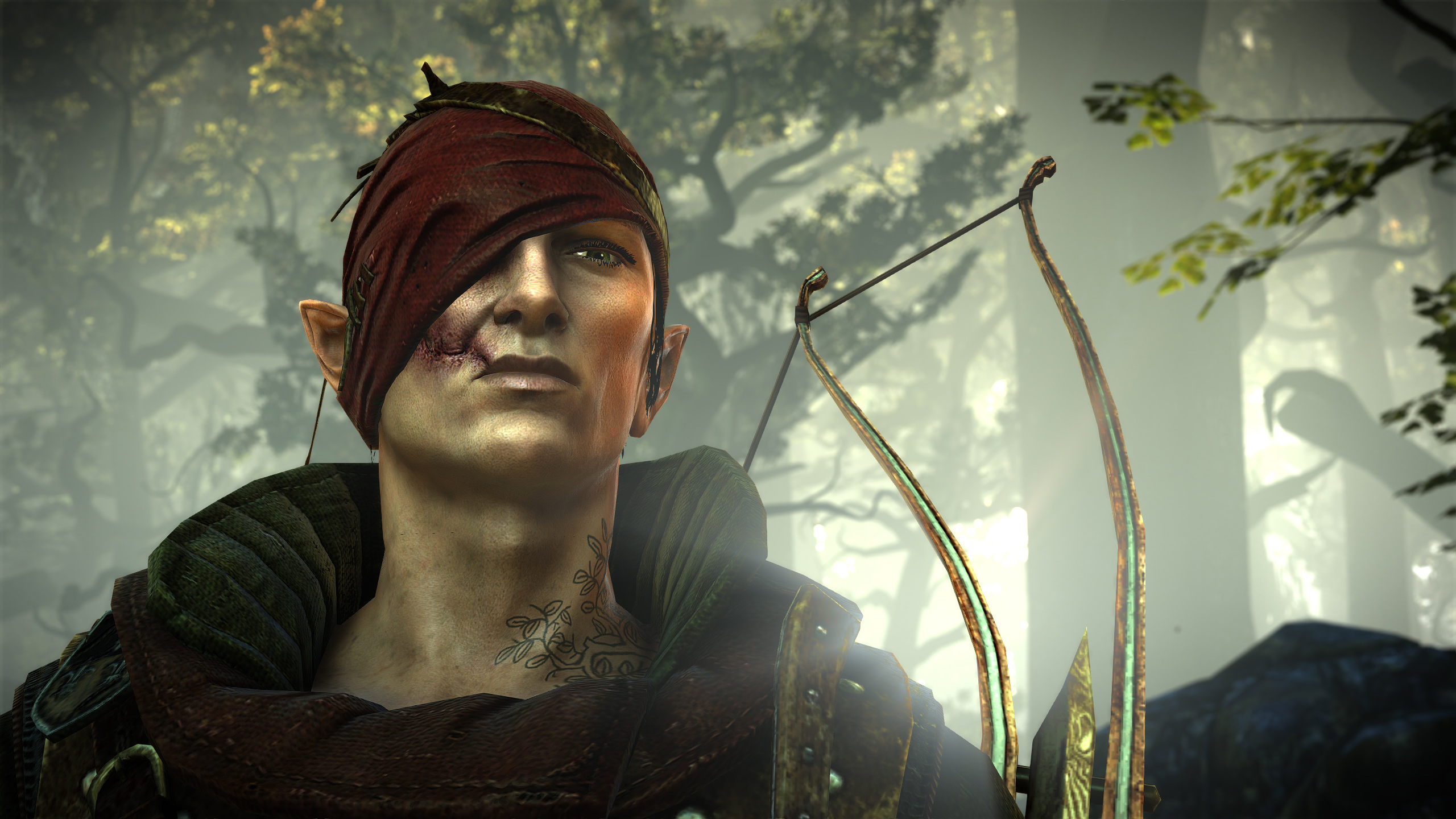
3. Iorveth, Saskia, Aryan La Vallete and other characters missing in
action
This is a problem with many trilogies and The Witcher is no
exception; certain characters don’t make it from one game to the next and while
Wild Hunt and its expansions hold all kinds of call-backs and references to the
books and previous games, there are still some memorable characters which
didn’t make the cut. The most glaring of these of Iorveth, the rogue Scoia’tel elf leader who Geralt could choose to side with back in Witcher 2; just like Vernon Roche, he’s a very detailed character, with several memorable moments.
Apparently in Witcher 3 him and his band of elves are either hiding out in the
forests or killed off-screen in the ensuing war between Redania and Nilfgaard.
Considering how major a choice this was in the previous game, this is rather
disappointing. Similarly, Saskia the feisty yet powerful woman warrior cursed
to be a dragon by Phillipa Eilhart is also absent in Wild Hunt; there could
have been a way to work her into a side-quest, perhaps even allowing her to
join the Battle of Kaer Morhen. Instead she’s given the spotlight in the Matters of Conscience comic, released alongside the Hearts of Stone expansion. Other
lost characters that could have an appearance include the Dryads from the
original Witcher game and the Priestesses of Melitele featured in the books.
They don’t dampen the game’s story in any major way but if you’re played
Witcher 2 like I did, it’s still noticeable.
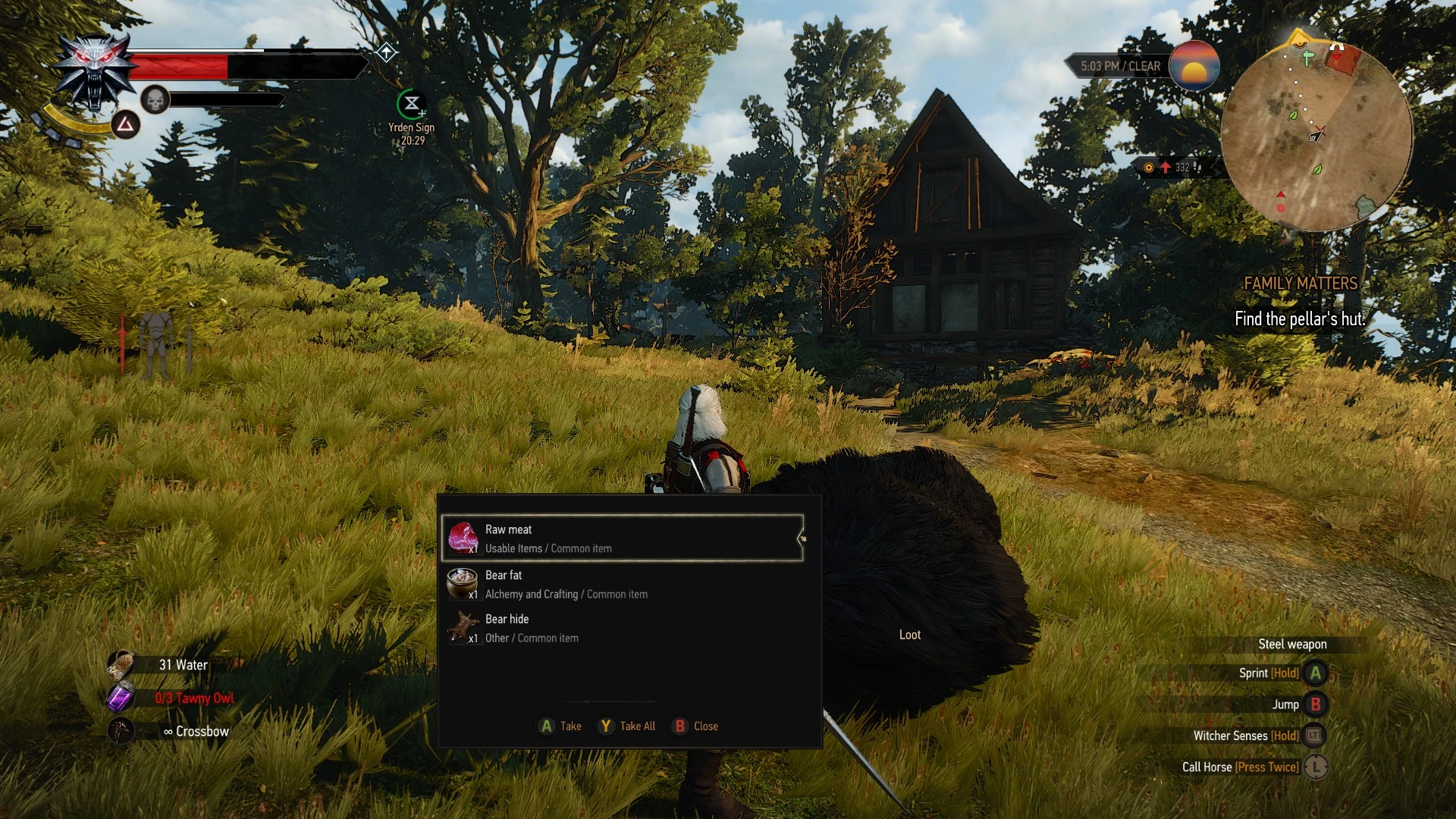
4. Trouble with loot levelling
With a slower levelling system combined with such a massive
world, there will be many points where you find loot in The Witcher 3 far lower
level and far less powerful than you need. On the one hand, this can be a
benefit as you can sell and break down items you don’t need to form more pricy
crafting components and stronger items. On the other hand though, it can feel
like padding, particularly with Skellige and its endless supply of smugglers
caches floating around the island waters. You can swim for miles but usually
once players reach the islands in the latter half of the story, they’re already
levelled up enough to outrank most pieces of loot, making some of the exploration
later on feel a lot less engaging. The same also applies to the master
swordsmith questline which gives Geralt a very underpowered weapon for getting
an Novigrad elf named Hattori out of debt with the local gangs. Some more
fine-tuning of the loot system would have held the open-world package together
a lot more.
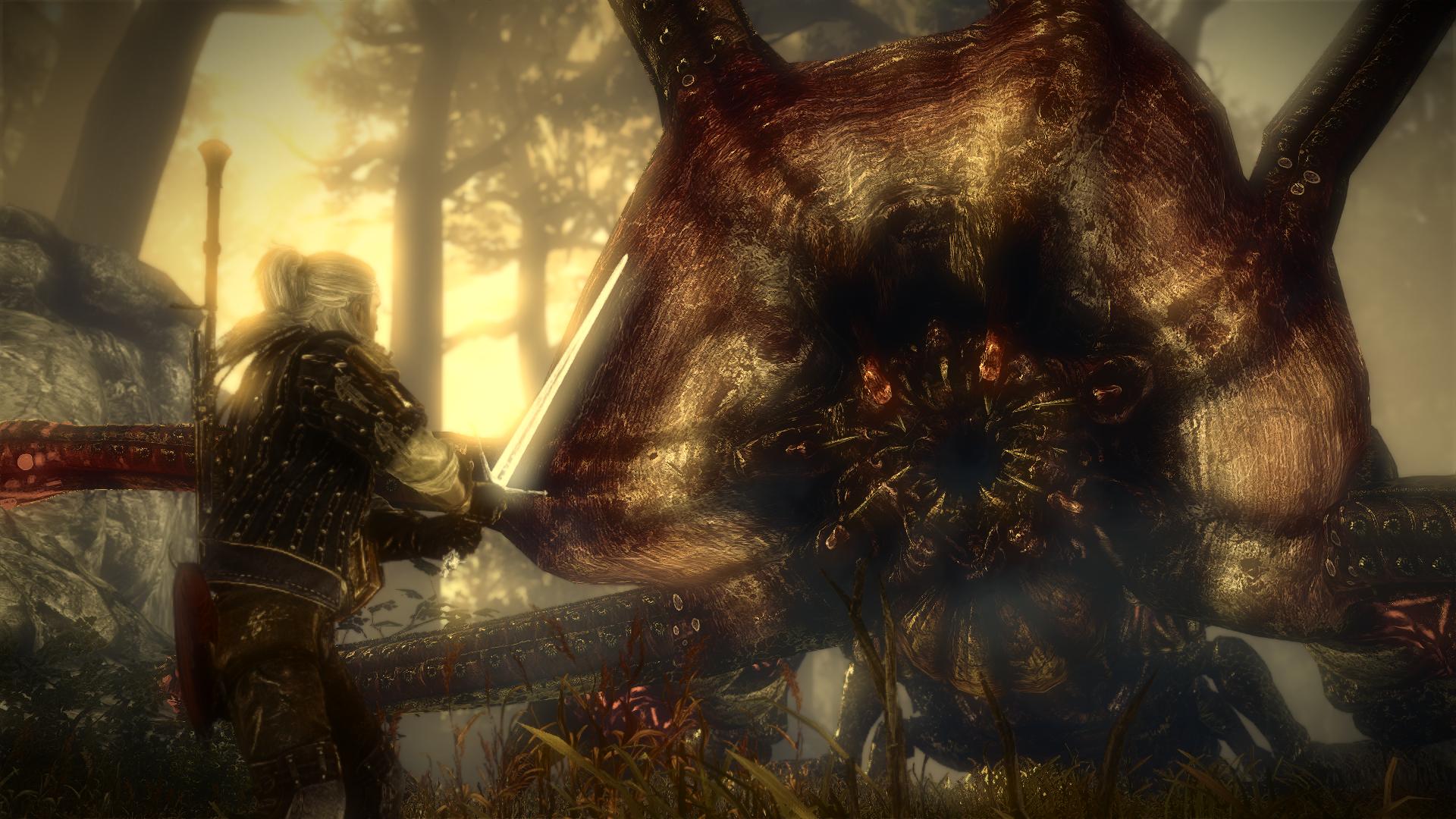
5. No giant creatures or deadly hazards in the game
world
This last thing also relates back to Witcher 2, specifically the Kayran battle that took place in its first act. The boss was at least five times the size of Geralt, towering over him and lashing with its snaking tentacles. You felt daunted by this grotesque creature in Assassins of Kings
and it stands as a missed opportunity that CD Projekt Red didn’t include any
similar sea monsters for Witcher 3; imagine while swimming in the depths of
Skellige you came across a massive sea monster in its natural habitat and your
only choice was to hit its weak spots with the crossbow and swim away. It would
add a real danger to underwater exploration and really showcase the deadliness
of monsters in the world of the Witcher. You could also do the same to the
edges of the map; rather than warping back, instead have an undefeatable monster
come crashing out of the woods.

No comments:
Post a Comment
Note: only a member of this blog may post a comment.